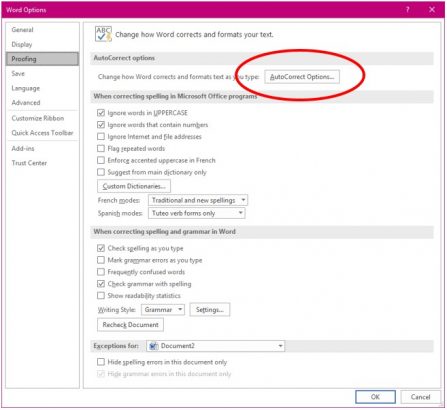

Notice that in the example above, only the first letter of every word has been capitalized, and that any letters that were originally uppercase but not the first letter of a word, have now been changed to lowercase. The logic: Capitalize the first letter of each name that is in the range A2:A15 The task: Capitalize only the first letter of each name This would be very tedious to do manually, but luckily you can do this instantly by using the PROPER function. Let's say that your boss gave you the list of names shown below, and asked you to change them into a nice format where only the first letter of each name is capitalized. Some of the names shift from lowercase to uppercase in every letter, which makes the list look very unprofessional and in many cases can make the data hard to reliably use when needing to match criteria in case-sensitive formulas. In the example image below, the original list of names that we are going to change the case of, is even messier than the list of names in the last example. In this example, we will use the PROPER function to capitalize the first letter of every name (both first and last), that is listed in a column. The formula: The formula below, is initially entered into cell C2, and then copied into the cells below it for this example The logic: Use the UPPER function to capitalize the letters in the text that is found in the range A2:A15

The task: Capitalize every letter in a list of names For example, you might need to display the names in this way for a financial record, or perhaps you are using case sensitive formulas to lookup/match information.īy using the UPPER function in a Google spreadsheet you can automatically change every letter into the capitalized format that you require. In the example image below, you'll see that the original unmodified list of names is shown in the normal format that you'd expect a name to be displayed in (with only the first letter of each word/name being capitalized).īut let's say that for whatever reason, your task/job requires you to have names in all capital letters. Note: The text changes only once the user has finished entering data and clicked away from the field.In this example we will use the UPPER function to capitalize all of the letters in a list of names.

Save your changes and test your form / report (Replacing the text in red “YourFieldName “ with the name of your field).Ĩ. YourFieldName = StrConv(YourFieldName, vbProperCase) On a new line directly between the two lines above add the following: (The text “ YourFieldName” straight after the words “Private Sub” will have automatically been replaced by the name of the field you are using)ħ. Click on the three dots next to the little black down arrow / triangle – this will open up the VBA window and you should see the following: On the “After Update” property click on the little black down arrow / triangleĦ. In the tools section of the “Design” tab click on the item called “Property Sheet”Ĥ. The following tutorial shows you how you can use VBA to set a field in your form so that regardless of how a user enters text in a field on a Microsoft Access form it will be automatically formatted with the first letter of each word in title case.Ģ. (also known as change text to proper case) APPLIES TO: ACCESS 2007, 2010 (UNTESTED IN EARLIER VERSIONS)


 0 kommentar(er)
0 kommentar(er)
